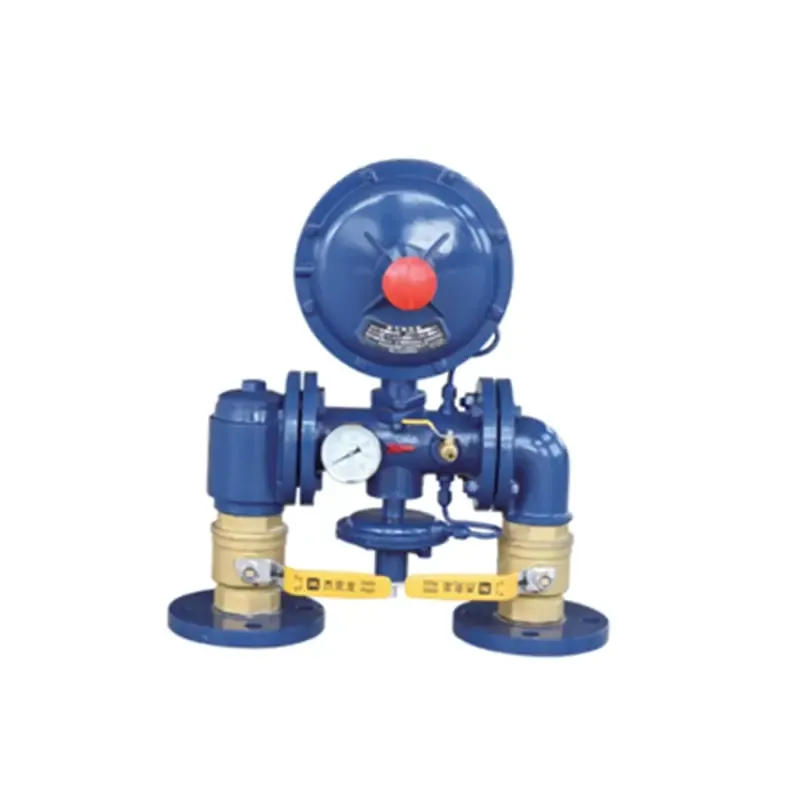
8 月 . 12, 2024 15:34
Back to list
Exploring the Fundamentals and Applications of Heat Exchangers in Modern Engineering Systems
Understanding Heat Exchangers A Key Component in Thermal Management
Heat exchangers are vital devices used in a variety of industries to transfer heat between two or more fluids without mixing them. They play a critical role in enhancing energy efficiency and optimizing thermal management processes in applications ranging from power generation to HVAC systems. This article explores the fundamental principles of heat exchangers, their types, and their applications, illustrating their significance in modern engineering.
Principles of Heat Exchangers
The primary function of a heat exchanger is to facilitate the transfer of heat from one fluid to another. This process occurs through a solid wall or membrane, which separates the two fluids, allowing heat to pass while preventing the fluids from mixing. The effectiveness of heat exchangers is often quantified through a measure known as the Overall Heat Transfer Coefficient (U), which encompasses the different modes of heat transfer, including conduction, convection, and sometimes radiation.
The two main methods of heat transfer involved in a heat exchanger are conduction and convection. Conduction is the transfer of heat through the solid walls of the exchanger, while convection happens when the fluids move and interact with the heat exchanger surfaces. Engineers design heat exchangers to maximize these processes, ensuring efficient heat transfer and minimal energy loss.
Types of Heat Exchangers
Heat exchangers come in various designs, each suited for specific applications. The most common types include
1. Shell and Tube Heat Exchangers This design consists of a series of tubes, one set carrying the hot fluid and the other the cold fluid. The heat transfer occurs through the tube walls, and these units can handle large temperature differences and high pressures.
.
3. Air Cooled Heat Exchangers These exchangers use ambient air to cool a fluid. They are typically used in installations where water is scarce or where heat rejection needs to occur in an open environment, like in power plants.
مبادل حراري

4. Double-Pipe Heat Exchangers This type consists of one pipe inside another, with one fluid flowing through the inner pipe and the other around it. This simple design is easy to maintain and is often used for heating or cooling small quantities of fluids.
Applications of Heat Exchangers
Because of their versatility, heat exchangers are employed across a multitude of industries
- Power Generation In power plants, heat exchangers help recover waste heat from steam and gas cycles, significantly enhancing energy efficiency.
- Chemical Processing They are used to control reaction temperatures and to heat or cool various chemical feeds.
- HVAC Systems In heating, ventilation, and air conditioning systems, heat exchangers play a crucial role in maintaining thermal comfort by transferring heat between the interior and exterior environments.
- Food and Beverage Industry They ensure precise temperature control during pasteurization and cooling processes, crucial for preserving food quality.
Conclusion
In conclusion, heat exchangers are essential components in a wide range of thermal management applications. Their ability to efficiently transfer heat between different fluids not only conserves energy but also enhances the overall performance of various industrial processes. As technology advances, the design and efficacy of heat exchangers continue to improve, making them a cornerstone in energy efficiency initiatives across multiple sectors. Understanding the diverse types and applications of heat exchangers can help professionals optimize energy usage and contribute to sustainable practices in engineering and manufacturing.
Latest news
-
Unlocking The Quality Gas Pressure ReducersNewsNov.01,2024
-
The Role of Gas Pressure Reducing StationsNewsNov.01,2024
-
The Importance and Functionality of Safety Relief ValvesNewsNov.01,2024
-
The Essential Role of Safety Valves in Natural Gas ApplicationsNewsNov.01,2024
-
The Essential Role of Gas Pressure RegulatorsNewsNov.01,2024
-
Enhance Your Premium Gas FiltersNewsNov.01,2024

